The Ultimate Guide to the Best Family Board Games
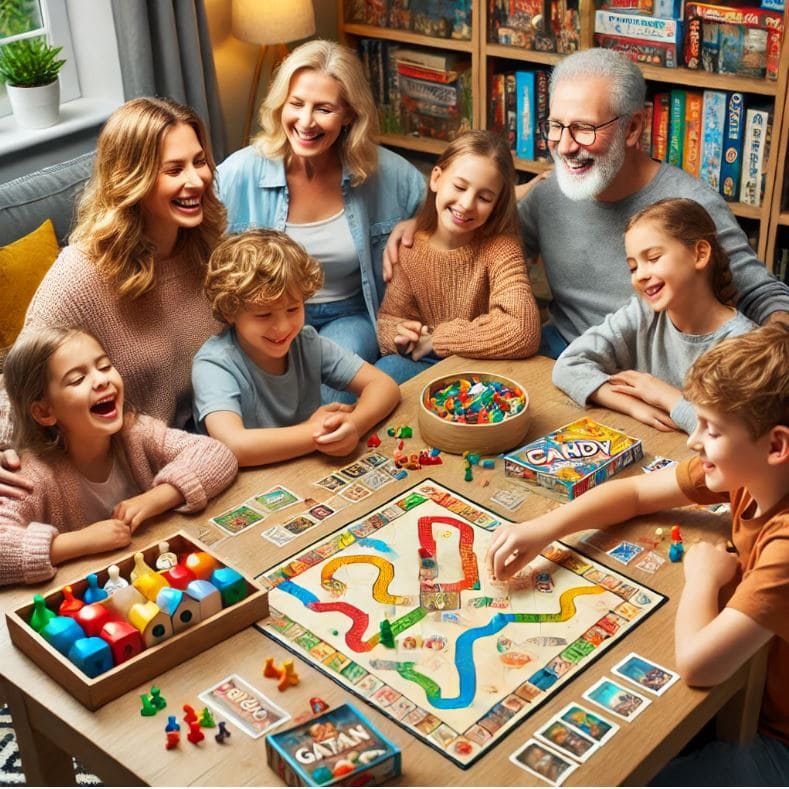

Board games have been a long-standing source of family entertainment, providing an opportunity to bond, engage in friendly competition, and spend quality time together. From games that are simple and easy to learn by young children to those that offer a challenge for adults, there is something for everyone’s preferences. In this article, we will explore some of the most popular family board games, including the captivating game of Go, also known as Weiqi in China and Baduk in Korea, which guarantee laughter and enjoyment.
Classic Family Board Games
Family board games have been a cherished pastime for generations, bringing people together through friendly competition and strategic thinking. These classic games have stood the test of time, providing both entertainment and educational value for players of all ages. Let’s take a look at two iconic board games that continue to captivate families around the world.
Monopoly: A Timeless Game of Real Estate and Strategy
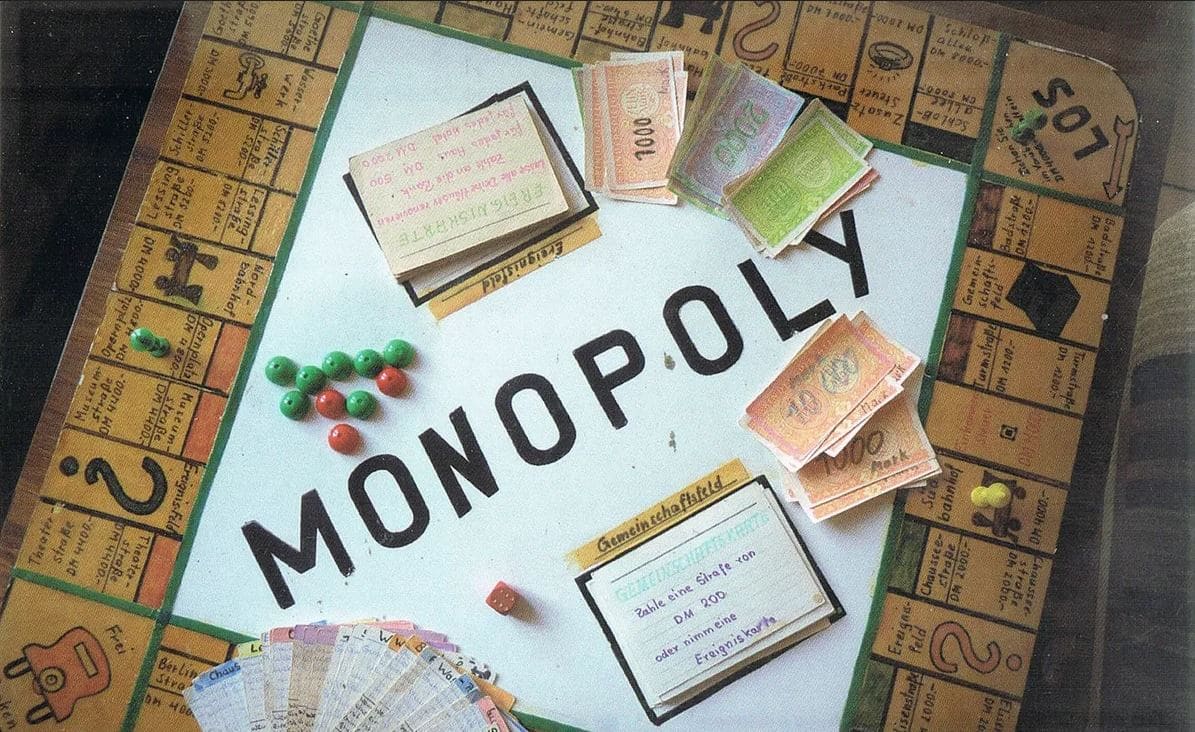
Monopoly has been a popular family game since its inception in 1935, created by Charles Darrow. The game involves players buying, selling, and trading properties in order to bankrupt opponents and dominate the game board. With over 275 million units sold worldwide, Monopoly is a staple in homes globally. The game has been translated into 47 different languages and produced in more than 114 countries, making it a globally loved game.
Key Facts:
- First Released: 1935
- Designer: Charles Darrow
- Players: 2-8
- Average Playtime: 60-180 minutes
- Notable Editions: Star Wars, Harry Potter, Disney
Scrabble: Enhancing Vocabulary and Strategic Thinking
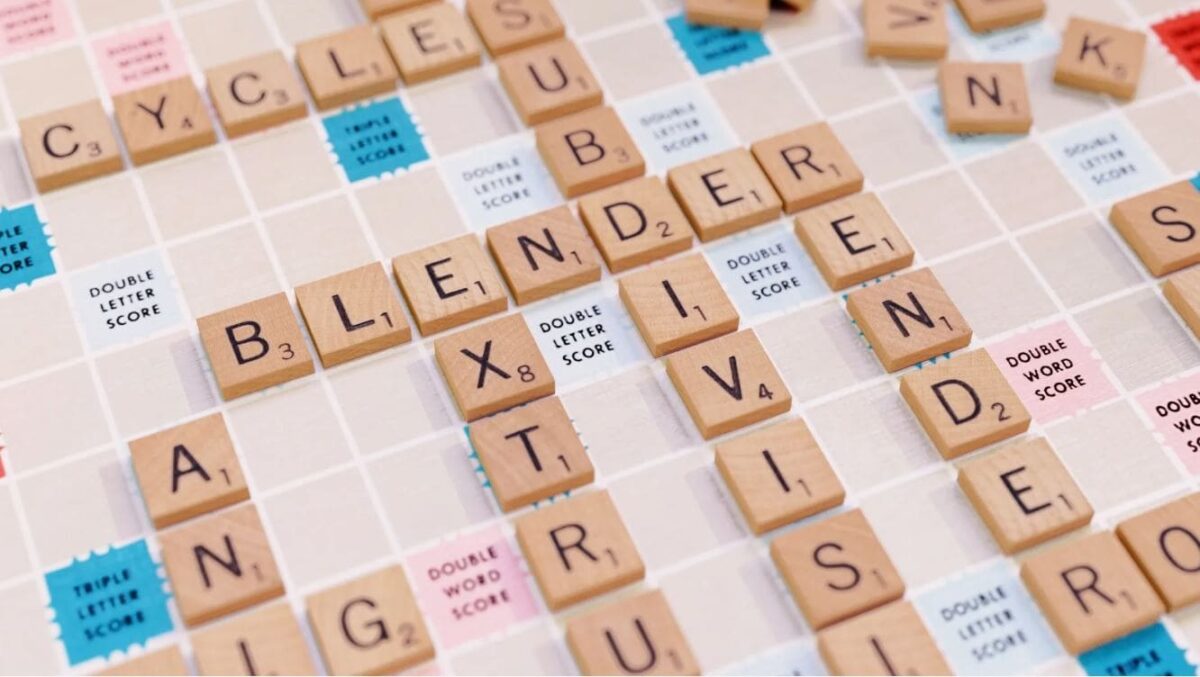
Scrabble, a game devised by Alfred Butts in 1938, presents players with the task of constructing words on a board using letter tiles to earn points. This game serves as both an educational tool for enhancing vocabulary and a source of entertainment, fostering strategic thinking and planning. It is estimated that more than 150 million copies of the game have been sold worldwide, and roughly one-third of American households possess a Scrabble set.
Key Facts:
- First Released: 1938
- Designer: Alfred Butts
- Players: 2-4
- Average Playtime: 50 minutes
- Official Scrabble Dictionary: Contains over 100,000 words
Clue: Mystery-Solving Fun for the Whole Family
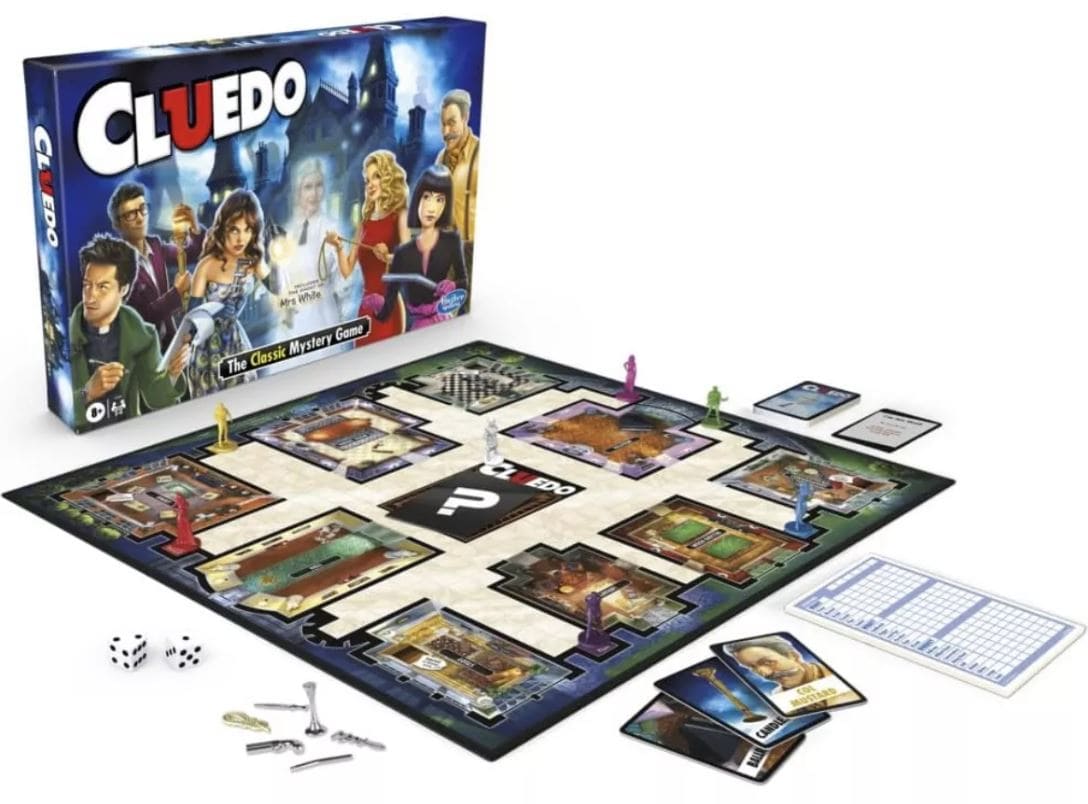
Clue, also known as Cluedo, is a classic detective board game that was invented in 1949 by Anthony E. Pratt. Players take on the role of detectives and must solve a murder mystery by deducing who committed the crime, with what weapon and in which room. The game has sold more than 150 million copies worldwide and has inspired numerous spin-offs, adaptations, and related products, including movies, books, and other games.
Key Facts:
- First Released: 1949
- Designer: Anthony E. Pratt
- Players: 3-6
- Average Playtime: 45 minutes
- Main Characters: Miss Scarlet, Colonel Mustard, Mrs. Peacock, Mr. Green, Dr. Orchid, Professor Plum
Modern Family Favorites
In recent years, a new generation of family board games has emerged, offering fresh mechanics and exciting themes that captivate players of all ages. These modern games emphasize strategy, negotiation, and resource management while providing fun and engaging experiences for the whole family. Let’s explore two of the most beloved modern family board games that continue to gain popularity across the globe.
Catan: A Game of Resource Management and Settlement Building

The game Catan, originally titled The Settlers of Catan and designed by Klaus Teuber, was released in 1995. In this game, players assume the roles of settlers who work to establish and develop their holdings through trading and acquiring resources. Catan promotes strategic thinking and the development of negotiation skills.
With over 30 million copies having been sold and being available in more than 40 languages, the game has garnered numerous accolades, including the esteemed “Spiel des Jahres” award.
Key Facts:
- First Released: 1995
- Designer: Klaus Teuber
- Players: 3-4 (up to 6 with expansions)
- Average Playtime: 60-120 minutes
- Awards: “Spiel des Jahres” (1995), “Origins Award” (1996)
Ticket to Ride: A Cross-Country Train Adventure Game
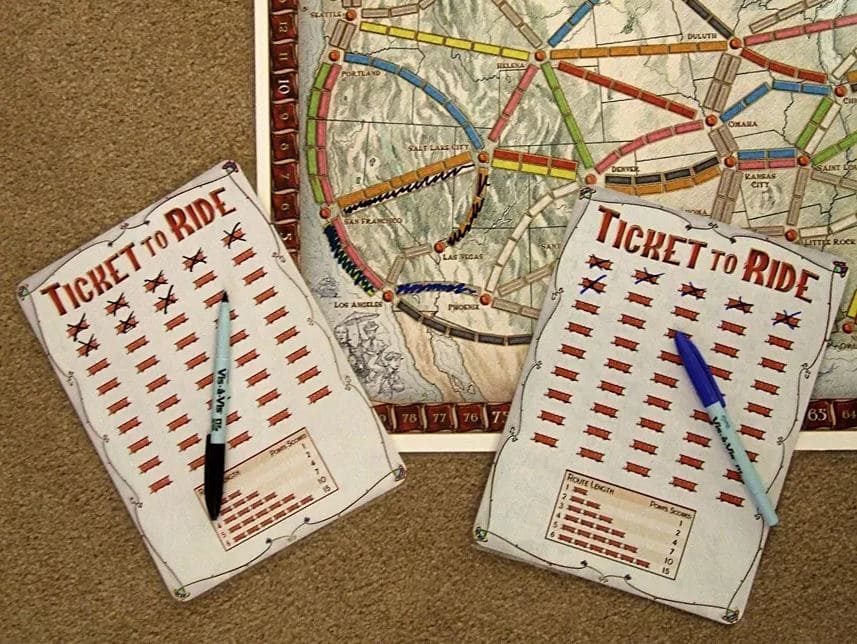
Ticket to Ride, developed by Alan R. Moon and published in 2004, challenges players to strategically acquire train cards in order to claim railway routes across the North American continent. The game has received praise for its straightforward gameplay, deep strategic elements, and aesthetically pleasing design. With more than 8 million units sold and availability in 15 different languages, Ticket to Ride has since expanded into a variety of editions and map sets, including those set in Europe, Asia, and Africa.
Key Facts:
- First Released: 2004
- Designer: Alan R. Moon
- Players: 2-5
- Average Playtime: 30-60 minutes
- Awards: “Spiel des Jahres” (2004), “Origins Award” (2005)
Pandemic: A Cooperative Game Where Players Work Together to Stop Global Outbreaks
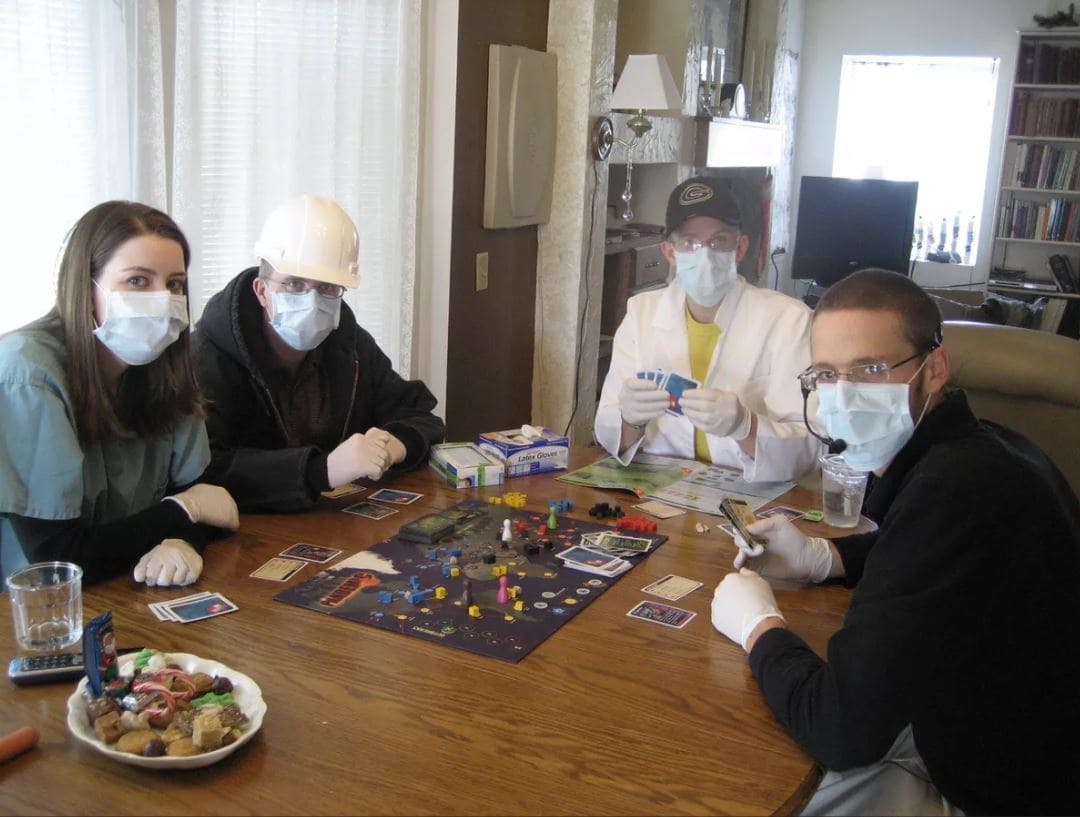
Pandemic, conceived by Matt Leacock in 2008 and subsequently released, is a collaborative board game that challenges players to work together to prevent the global spread of four deadly diseases. In this game, each player assumes a distinct role with unique abilities, and it is up to the team to devise strategies and collaborate effectively to discover cures before the clock runs out.
With over five million copies sold worldwide, Pandemic has given rise to numerous expansions and spin-off titles, establishing itself as a favorite among families seeking to engage in cooperative gameplay and strategic thinking.
Key Facts:
- First Released: 2008
- Designer: Matt Leacock
- Players: 2-4
- Average Playtime: 45 minutes
- Awards: “Golden Geek Award” (2008), “Games Magazine Game of the Year” (2009)
Educational Board Games
Educational board games offer a fun and interactive way to enhance learning and critical thinking skills while fostering social interaction. These games often focus on vocabulary building, problem-solving, and decision-making, making them ideal for both family game nights and classroom settings. Here are two classic educational board games that have stood the test of time, providing both entertainment and educational value for players of all ages.
Boggle: A Fast-Paced Word Search Game
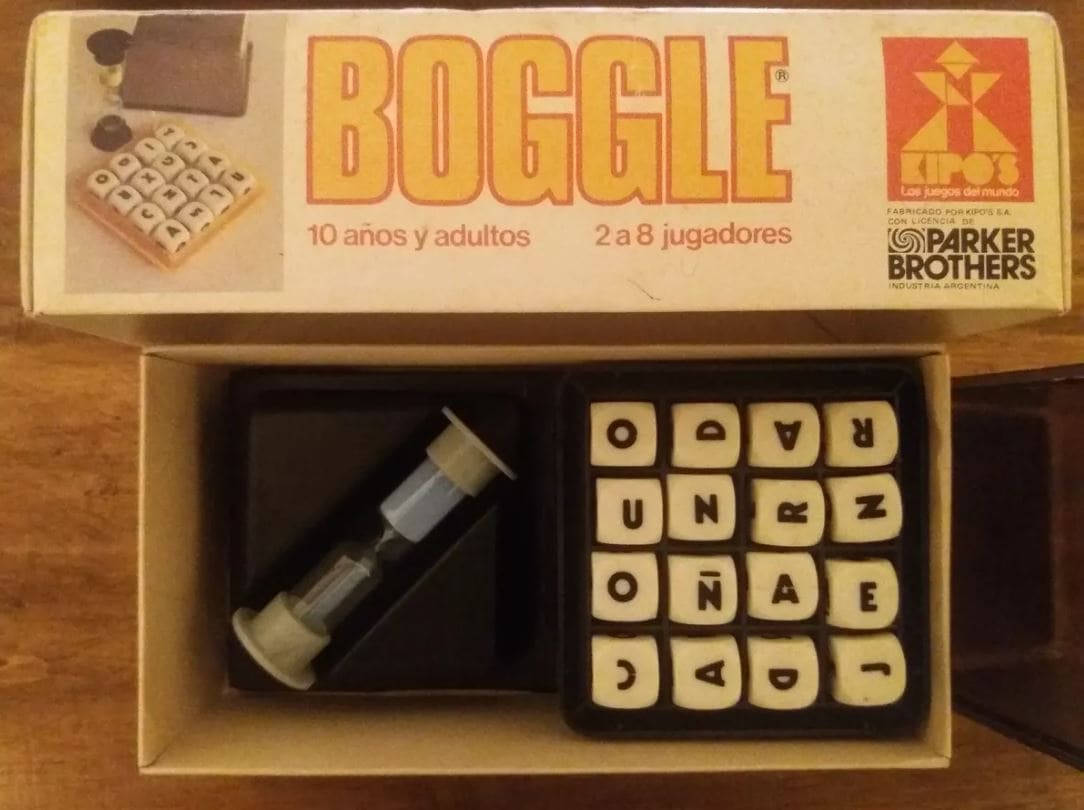
Boggle, a word-search game introduced by Parker Brothers in 1972, presents players with a grid of lettered dice and challenges them to find as many words as they can in a given time frame. The objective is to locate words in sequences of adjacent letters, typically within three minutes. Boggle has gained recognition for its ability to enhance vocabulary, spelling skills, and quick mental acuity. With millions of copies sold worldwide, Boggle remains a beloved choice for educational and recreational play.
Key Facts:
- First Released: 1972
- Designer: Alan Turoff
- Players: 1 or more
- Average Playtime: 10 minutes
- Awards: “Parent’s Choice Award” (1987)
The Game of Life: Simulates Life Choices and Career Paths
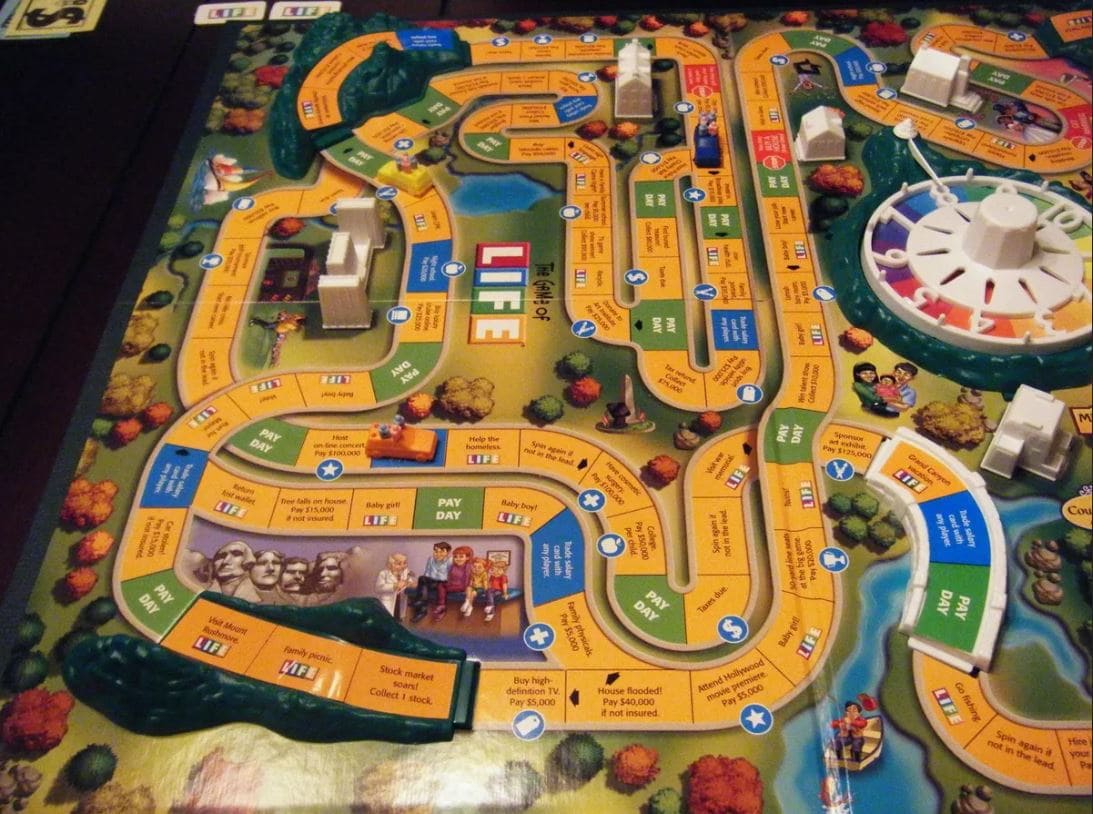
The Game of Life, created by Milton Bradley in 1860, is a simulation of a person’s life journey, from college to retirement, featuring various stages such as employment, marriage, and potential parenthood. Players use a spinning wheel to navigate the game board and make decisions that impact their wealth and overall success. This engaging game serves as an educational tool for teaching children about the importance of decision-making, financial planning, and the consequences of life choices. Since its modern re-release in 1960, over 50 million copies of The Game of Life have been distributed.
Key Facts:
- First Released: 1860
- Designer: Milton Bradley, later redesigned by Reuben Klamer
- Players: 2-6
- Average Playtime: 60 minutes
- Notable Editions: Star Wars, Spongebob Squarepants, Electronic Banking
Chess: A Classic Game of Strategy and Foresight
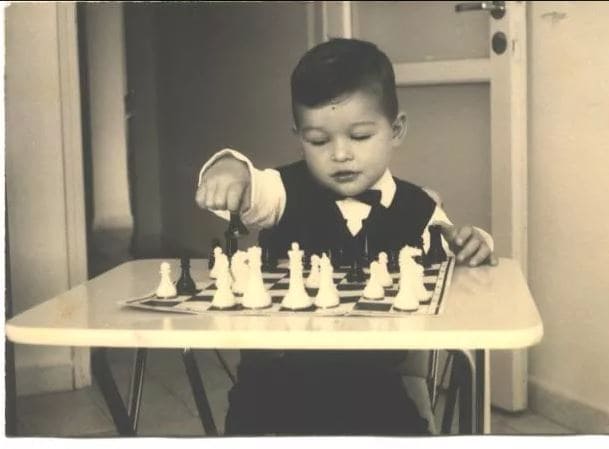
Chess is a venerable and ancient game of strategy, with roots tracing back more than 1,500 years in India. It is a head-to-head contest between two players, each controlling an army of unique pieces, the objective being to checkmate the opposing king. This game cultivates strategic thinking, anticipatory skills, and the ability to solve complex problems. Chess has a global reach, with over half a billion people proficient in its intricacies, and it is a prominent feature in international competitions.
Key Facts:
- First Originated: Around 6th century AD
- Players: 2
- Average Playtime: 10-60 minutes (varies widely)
- Notable Championships: World Chess Championship, Chess Olympiad
- Famous Players: Garry Kasparov, Magnus Carlsen, Bobby Fischer
Games for Younger Children
Board games for younger children often focus on simple mechanics and colorful designs to captivate their attention and introduce them to basic concepts like counting, turn-taking, and color recognition. These games are designed to be easy to understand, making them perfect for early childhood development while also providing an entertaining experience. Below are two beloved games that have remained popular for generations, offering both educational value and endless fun for the youngest players.
Candy Land: A Colorful Adventure for the Youngest Players

Candy Land, a creation of Eleanor Abbott from 1948, is a straightforward, color-coded board game tailored for young children. Players navigate their tokens along a path adorned with hues of the rainbow, guided by cards that dictate their movements. This game, which requires no reading skills, makes it suitable for very young players, allowing them to learn about colors and practice turn-taking. With over 50 million units sold, Candy Land continues to be a cherished choice due to its simplicity and captivating theme.
Key Facts:
- First Released: 1948
- Designer: Eleanor Abbott
- Players: 2-4
- Average Playtime: 30 minutes
- Educational Benefits: Color recognition, turn-taking, basic counting
Chutes and Ladders: A Simple Race to the Finish
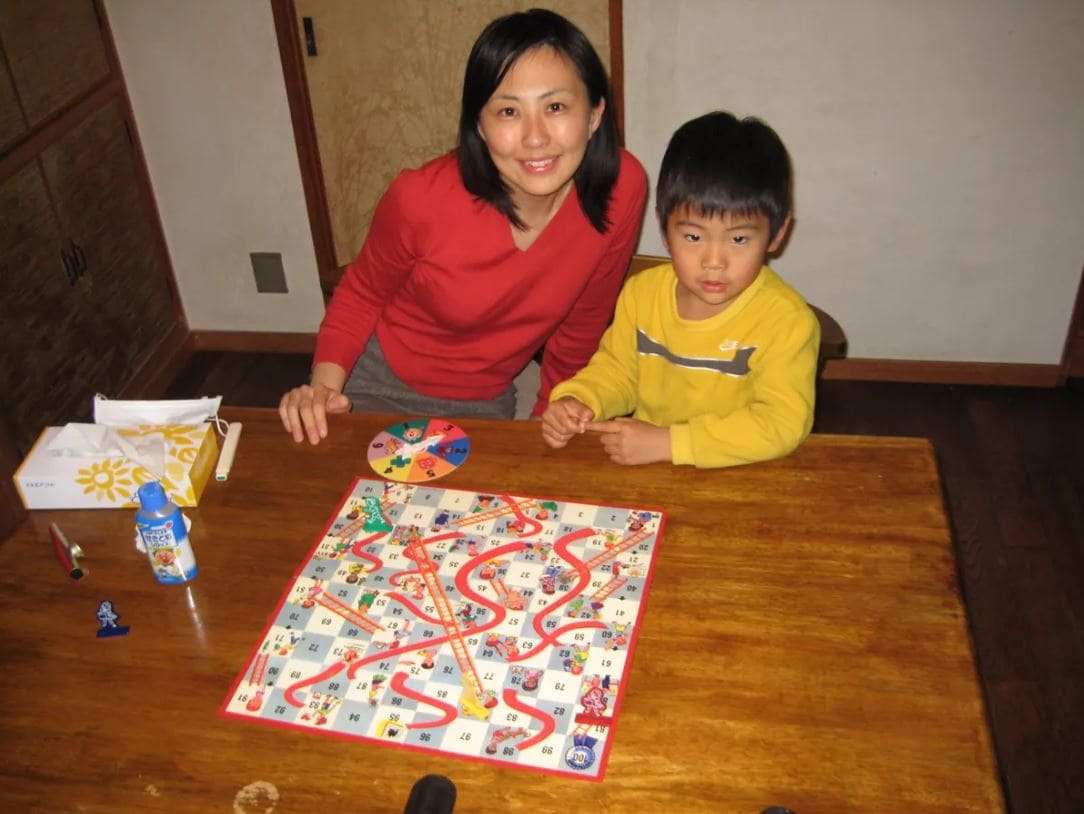
Chutes and Ladders, commonly known as Snakes and Ladders in the United Kingdom, is a timeless children’s board game with its origins in India as Moksha Patam. This game involves navigating pieces along ladders that lead to success and down chutes or snakes, imparting the concepts of triumphs and setbacks to young players. Suitable for ages three and above, it is a game of chance that does not require reading skills. Its straightforward mechanics make it accessible and enjoyable for young minds.
Key Facts:
- First Originated: Ancient India (Moksha Patam)
- Players: 2-6
- Average Playtime: 30 minutes
- Educational Benefits: Counting, number recognition, understanding of cause and effect
Guess Who?: A Deductive Reasoning Game
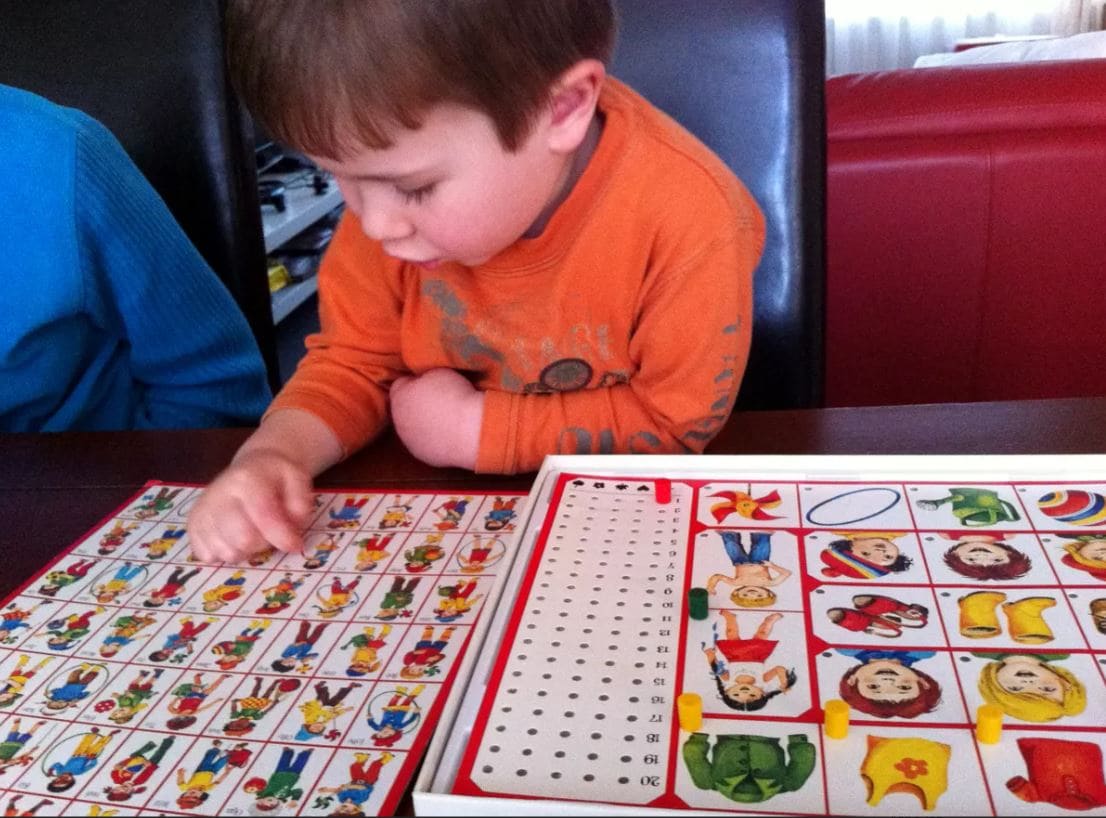
«Guess Who?» is a two-player game of guessing, created by Theo and Ora Coster in 1979. Players attempt to identify the character selected by their opponent from a card with 24 images by asking questions that can be answered with either «yes» or «no». This game promotes deductive reasoning and improves questioning skills, making it not only entertaining but also educational for children aged six and above.
With millions of copies sold worldwide, «Guess Who?» remains a beloved choice due to its captivating gameplay and simplicity.
Key Facts:
- First Released: 1979
- Designers: Theo and Ora Coster
- Players: 2
- Average Playtime: 20 minutes
- Educational Benefits: Deductive reasoning, questioning skills, attention to detail
The Strategic World of Go (Weiqi, Baduk)
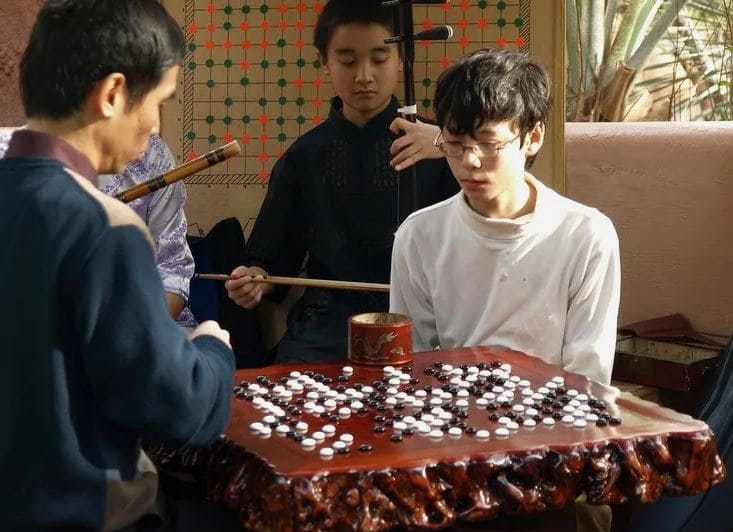
Go, also known as Weiqi in China and Baduk in Korea, is a board game that is among the oldest and most intricate in the world. Its straightforward rules and profound strategic complexity make it appealing to both novices and seasoned players. This timeless pastime provides endless opportunities for creative thinking and tactical prowess, making it a beloved leisure activity for millions around the globe.
History of Go
Go, with its roots tracing back over four millennia in China, boasts a profound cultural legacy. Initially embraced by scholars and military strategists, Go became a symbol of intellectual acumen and strategic thinking. Its influence spread to Japan and Korea, becoming an integral part of their cultural fabric. Today, Go continues to be a cherished pursuit of intellect in East Asia and beyond, leaving an indelible mark on the global landscape.
Key Historical Points:
- Origin: China, over 4,000 years ago
- Cultural Significance: Played by scholars and warriors
- Global Spread: Popular in China, Japan, and Korea
Basic Rules
The objective of Go is to control more territory on the board than your opponent. Players take turns placing black or white stones on the intersections of a 19×19 grid, aiming to surround empty areas. Stones that are completely surrounded are captured and removed from the board. Despite its simplicity, Go offers profound strategic and tactical challenges.
Basic Rules Overview:
- Objective: Control more territory than the opponent
- Board Size: Standard 19×19 grid (smaller sizes for beginners)
- Gameplay: Players alternate placing stones on intersections
- Capturing: Surrounding opponent’s stones to capture them
Benefits for Families
The game of Go fosters critical thinking, cultivates patience, and promotes cooperation among participants. Families who engage in Go together can experience the joy of strategic interactions while simultaneously honing valuable life skills. This game instills foresight, fosters adaptability, and encourages respectful competition, rendering it an ideal choice for family gaming evenings.
Benefits:
- Critical Thinking: Develops strategic planning skills
- Patience: Teaches the importance of careful consideration
- Cooperation: Encourages respectful and cooperative play
Go in Modern Times
Go is played by millions of people around the world. Professional leagues and tournaments have helped to elevate its status. There is a thriving online community of Go players, and various organizations promote the game through events and educational programs. Noteworthy tournaments include the World Amateur Go Championship organized by the International Go Federation and the Honinbo Tournament, which is held in Japan and is considered one of the most prestigious events in the Go calendar.
Modern Go Facts:
- Global Players: Millions worldwide
- Professional Leagues: Active in East Asia and internationally
- Notable Tournaments: World Amateur Go Championship, Honinbo Tournament
To dive deeper into the world of Go, you can learn more about the game’s rules at GoMagic. Solve problems and increase your level of play with interactive exercises here. Explore video courses designed for players of all levels here.
Tips for Choosing the Right Family Board Game
Selecting the right board game for your family can ensure hours of entertainment and bonding. Here are some essential tips to consider:
Consider Age Appropriateness
The selection of games that are appropriate for the age group of your family members is crucial to ensure that everyone can participate and derive pleasure from the experience. Many board games feature age recommendations that serve as a guide in determining whether the game is suitable for young children, adolescents, or adults.
Key Points:
- Age Recommendations: Check the box for suggested age ranges.
- Complexity: Ensure the game’s complexity matches the players’ understanding.
- Examples: Games like Candy Land are perfect for young children, while Catan is more suitable for older kids and adults.
Game Duration
Consider the amount of time you have available to play. Some games are quick and can be completed in under 30 minutes, while others can take several hours.
Key Points:
- Short Games: Ideal for busy schedules or younger children with shorter attention spans. Examples include Boggle (10 minutes) and Guess Who? (20 minutes).
- Long Games: Great for dedicated game nights. Examples include Monopoly (60-180 minutes) and Pandemic (45 minutes).
- Balanced Options: Games like Ticket to Ride offer moderate playtimes (30-60 minutes).
Interest and Complexity
Balance your game selection between easy-to-learn games and those that offer deeper challenges to keep everyone engaged.
Key Points:
- Easy-to-Learn Games: Suitable for all ages and provide quick fun. Examples include Chutes and Ladders and Scrabble.
- Strategic Games: Offer more depth and require tactical thinking. Examples include Chess and Go (Weiqi, Baduk).
- Variety: Having a mix of both types ensures you can choose based on the mood and time available.
Tips Summary:
- Age Appropriateness: Choose games that fit the players’ ages.
- Game Duration: Match the game’s length with your available time.
- Interest and Complexity: Balance between simple and challenging games.
By carefully considering these aspects, you can choose the ideal game that caters to your family’s requirements and preferences, guaranteeing an enjoyable and immersive experience for all participants.
Board games serve as an excellent means of bringing family and friends together, fostering lasting memories and promoting healthy competition. Whether it be classic titles such as Monopoly or Scrabble, or the strategic depths of games like Go, there is a game perfect for every family member. Gather around the table, cast the dice, and let the joyous adventure commence!
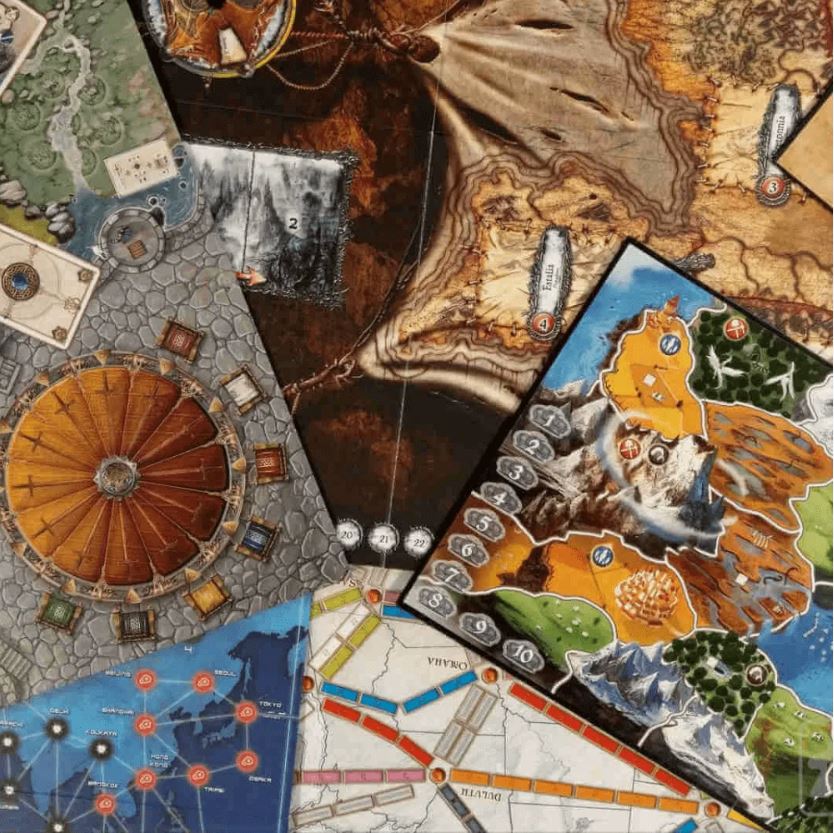


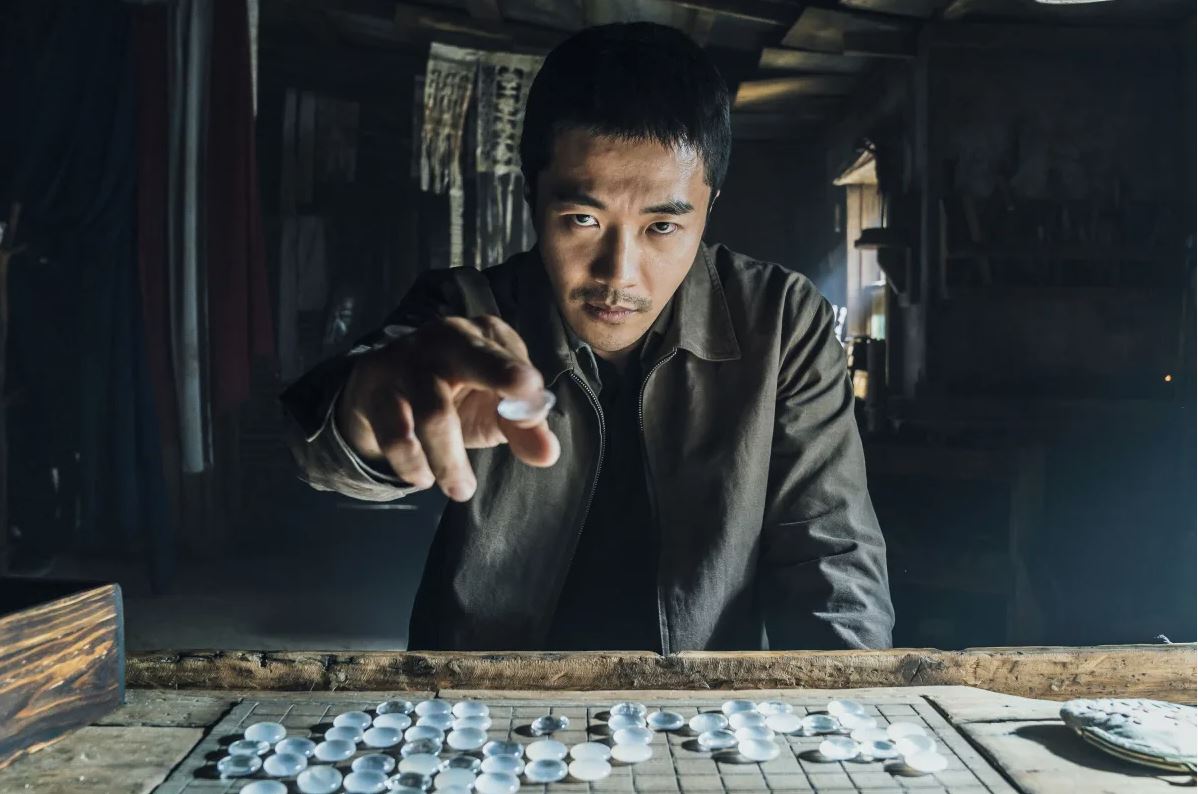
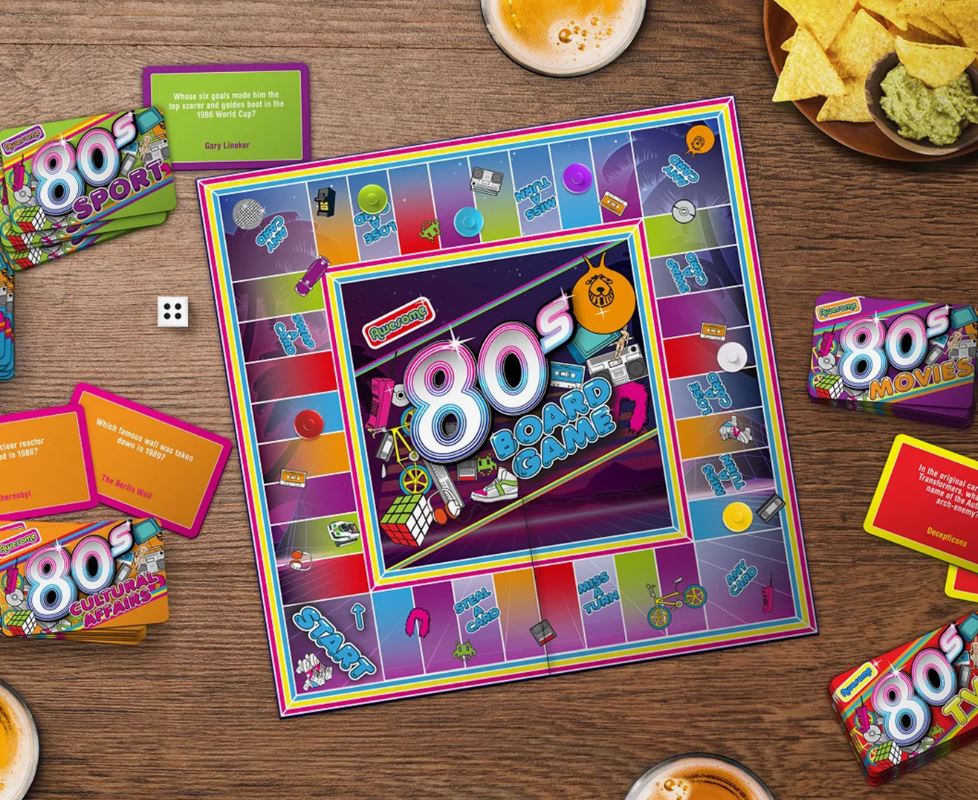
Leave a comment